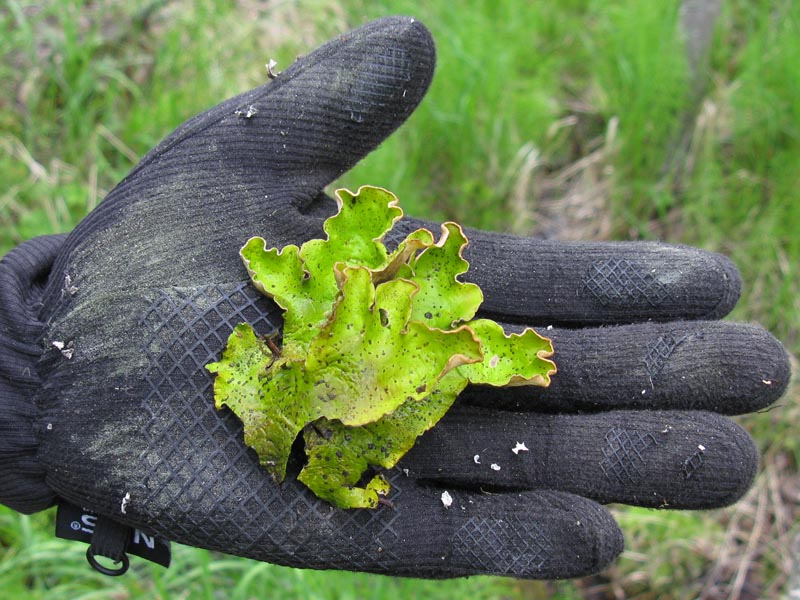
Photograph by David Maddison
Lichens are highly successful and stable mutualistic associations between fungi and either or both green algae and cyanobacteria. Although Peltigera is one of the earliest described lichen genera due to its great abundance in nature and prominent morphological features, its morphological variation is poorly understood. This species-rich genus (90 accepted species) is ecologically important because of its cyanobacterial partner ability to fix atmospheric nitrogen; cyanobacteria are present in most Peltigera species as the only photosynthetic partner. This will be the first worldwide and comprehensive phylogenetic study of this genus where the two main symbionts (the fungus and the cyanobacteria) will be characterized genetically. The reconstructed multilocus phylogeny for the fungal partner will provide a framework for detailed systematic revisions of three species complexes and will lead to the description of at least ten new species in North America alone. It will also improve the highly inconsistent delimitation of existing species by providing a reliable set of morphological and chemical diagnostic characters for their identification. This study will also demonstrate the importance of studying photosynthetic partners for a better understanding of boundaries among species and the potential role of cyanobacteria in shaping evolutionary history of the genus Peltigera.
OBJECTIVES
The main objectives of our project are:
- Generate a world-wide global multilocus phylogeny for the genus Peltigera.
- Conduct detailed systematic revisionary studies on three species complexes of the genus Peltigera:
- The Peltigera aphthosa-leucophlebia (i.e., sections Chloropeltigera and Peltidea).
- The Peltigera canina (i.e., section Peltigera).
- The Peltigera neopolydactyla-dolichorhiza complexes.